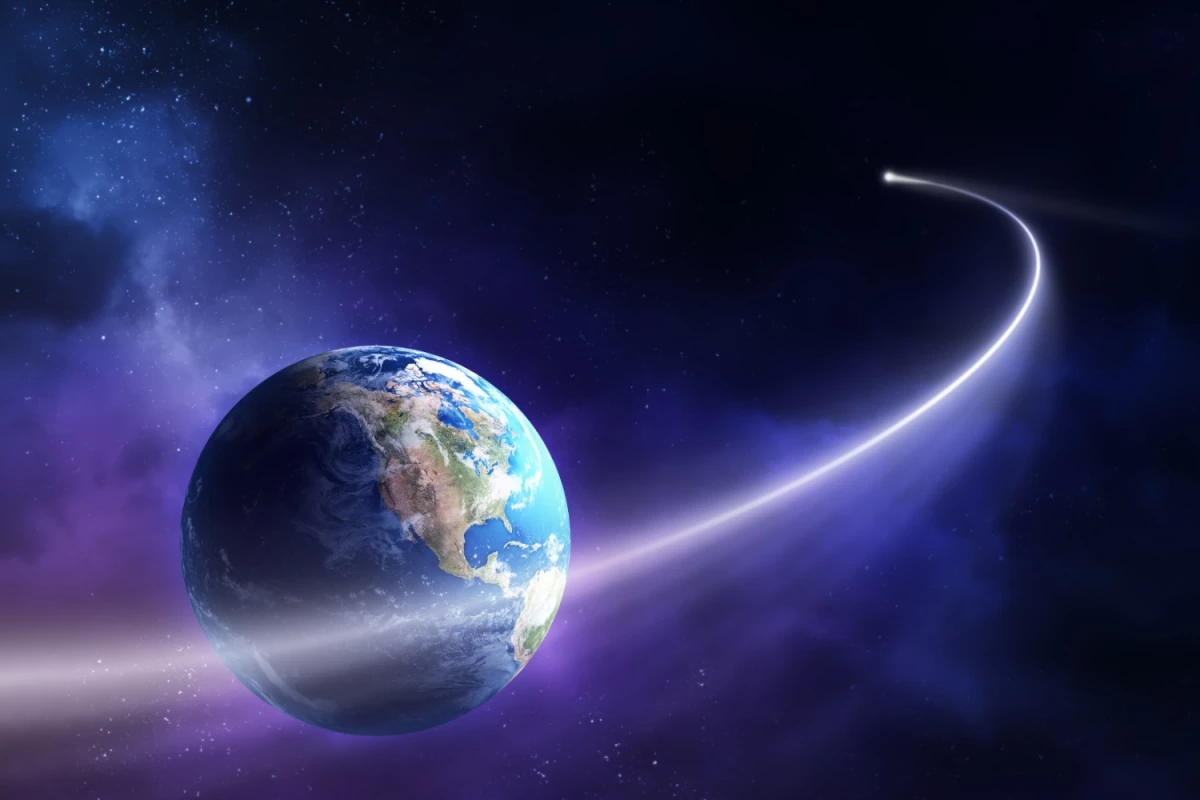Last week, the Earth had its closest shave with an asteroid ever recorded, when a small space rock skimmed just 370 km (230 miles) above the surface. For comparison, that’s closer than the orbit of the International Space Station.
The asteroid, dubbed 2020 VT4, made its closest approach at 17:20 UTC on Friday, November 13. But it wasn’t actually spotted until 15 hours later, by a survey called the Asteroid Terrestrial-impact Last Alert System (ATLAS) at the Mauna Loa Observatory in Hawaii.
That’s the closest we’ve ever seen any asteroid swing past the Earth, and the competition isn’t even close (no pun intended). This one is about one eighth the distance of the previous record holder, a rock named 2020 QG that whizzed by at a distance of 2,950 km (1,830 miles) in August this year.
Of course, the caveat in this record is that it’s the closest asteroid that didn’t become a meteor. Obviously all the rocks that have struck the Earth in the past came closer than 2020 VT4. Some have even been known to skim the planet’s atmosphere like a stone skipping across water, creating a visible fireball before bouncing off back into the ether. But 2020 VT4 is the closest one has come without doing that.
It may sound like we narrowly avoided disaster last weekend, but even if 2020 VT4 had collided with Earth we probably wouldn’t have noticed. Estimates of the rock’s size place it between 5 and 10 m (16.4 and 32.8 ft) wide, so it would have simply burned up before reaching the ground.
Although Earth didn’t notice 2020 VT4, 2020 VT4 sure noticed Earth. The gravitational influence of the planet bent the asteroid’s orbit so much that it changed the category it’s assigned to by the International Astronomical Union (IAU). The object has switched from an Apollo asteroid to an Aten asteroid – in effect, almost halving its yearly trip around the Sun.
This little rock doesn’t pose any danger to the Earth, but the Minor Planet Center will continue to monitor it.
Source: Minor Planet Center via Universe Today




